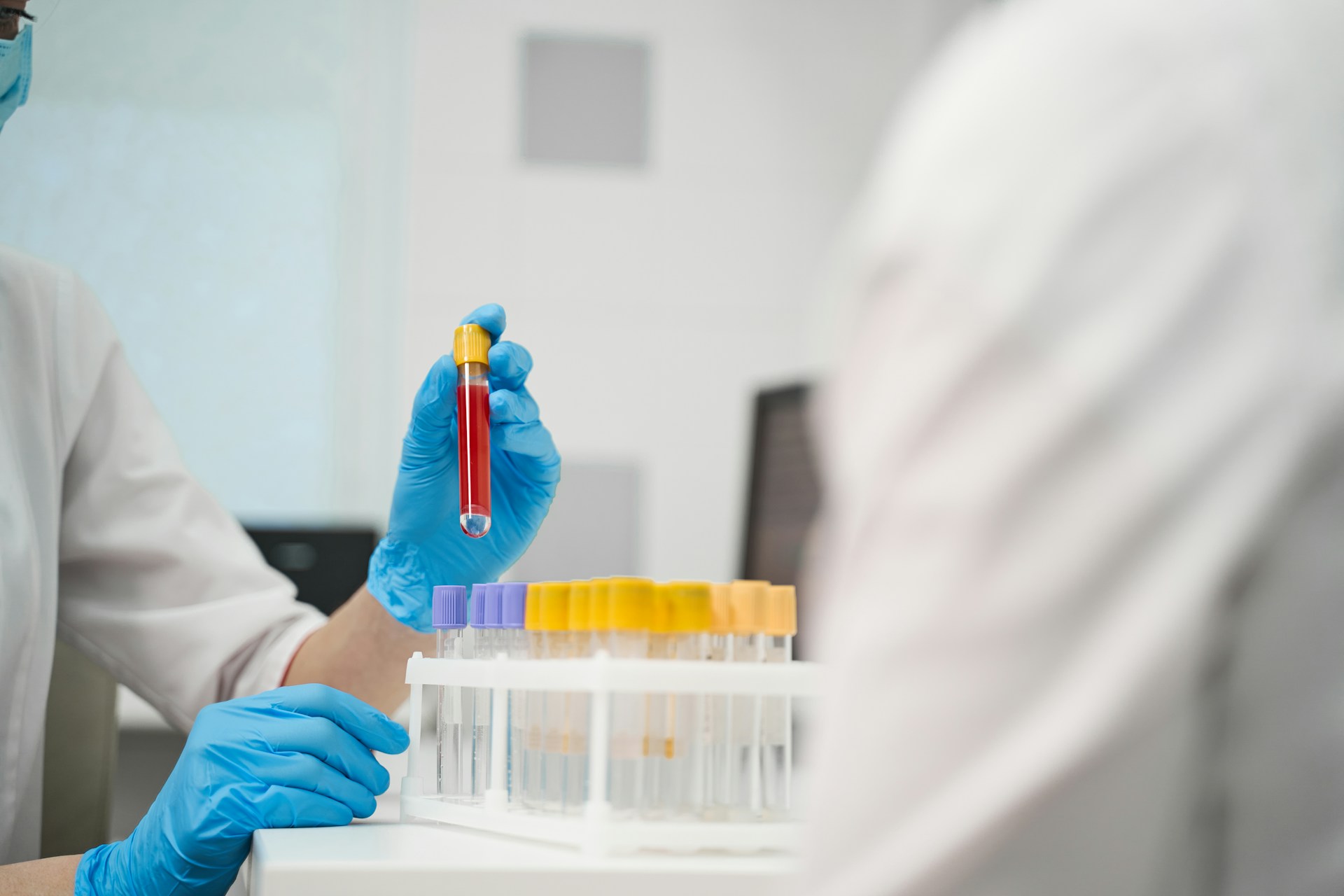Addressing Seasonal Traffic Fluctuations

Drawing blood is something many in healthcare do every day. It looks like a simple job from the outside, but anyone who has learned venous blood collection knows small mistakes can lead to big delays. One of the more frustrating issues is dealing with an insufficient blood sample. A sample that’s too small or gets contaminated can’t be used, meaning the process has to start over.
This sort of problem doesn't just waste time for the collector. It can delay diagnoses and treatments, and sometimes even make patients reluctant to go through the process again. That’s why it’s important to understand what can lead to a sample being too small, what you can do right away, and how to lower the chances of it happening again.
Why Insufficient Blood Samples Occur
Even when you follow all the basic steps of venous blood collection (HLTSS00059), a range of small things can throw off a draw. Some of these issues might be beyond your control, while others can be improved with practice and attention.
Here are some of the most common reasons a blood sample may end up being too small:
- Patient dehydration: If a person hasn't had enough fluids, it can be harder to find a suitable vein, and the flow may be slower than usual.
- Poor vein selection: Choosing a vein that’s too small, flattened, or in an awkward location increases the chances of getting a low-volume draw.
- Improper technique: Trouble anchoring the vein, incorrect needle angle, or letting go of the tourniquet too soon can affect the flow.
- Collapsed veins: If too much vacuum is applied, especially in older or frail individuals, the vein might collapse partway through collection.
- Patient movement: Any sudden movement or muscle tightening by the patient can disrupt the collection and reduce the quality or quantity of the sample.
These aren't just random mistakes. They often tie back to training gaps or a lack of familiarity with different patient types. For instance, someone practising on healthy adults during training may face new challenges when switching to elderly patients with fragile veins.
If it’s something that happens more than just rarely, it’s worth reviewing technique and getting feedback from experienced team members. Knowing these causes also helps you stay cool when it does happen. You’ll be better prepared to adapt rather than panic or guess.
Immediate Steps To Take When a Sample Is Insufficient
Realising halfway through that there's not enough blood can be stressful, especially if the patient notices something's wrong. Staying calm and knowing what to do next makes all the difference.
Here are some quick actions you can take once you realise the sample is insufficient:
- Check the needle position. It might have shifted or not be deep enough. Gently adjusting can sometimes restore blood flow.
- Try a different vein. If the flow has stopped, it may be better to remove the needle and locate a new, better-positioned vein.
- Encourage fluid intake prior to re-attempt. If the patient is well enough, allow them some water and wait a few minutes before retrying.
- Select a smaller collection tube. When re-collecting, choose a tube that matches the expected volume you're more likely to get.
- Document and manage patient expectations. Let the patient know what happened in clear, non-technical language. Keep them at ease and informed about what comes next.
It’s easy to focus on getting the job done quickly, but taking an extra few seconds to reassess can save you from needing a third or fourth attempt. The best outcome is always one clean draw with enough volume. When that doesn’t happen, taking the right next step can prevent further complications and maintain patient trust.
Avoiding Insufficient Samples in the Future
Preventing an inadequate blood sample takes a bit of preparation and know-how, but it's entirely possible. By learning some helpful strategies, you can increase the odds of a successful draw each time. Here are a few tips:
- Patient prep: Make sure they’re well-hydrated before you start. Even if it’s just a cup of water or two a little while before, this can help veins to be more prominent and easier to locate.
- Select the right equipment: Use the right size needle and appropriate tubes for the patient. Depending on the individual, the equipment choice can significantly influence the outcome.
- Technique refinement: Practice makes perfect. Continuing to refine your technique with each draw, like ensuring the tourniquet is applied correctly and not left on too long, can pay dividends.
- Patient interaction: Talk to the patient to keep them relaxed. Tense muscles or sudden movements can be avoided with effective communication.
Consistently applying these tips can reduce errors and ensure a smooth and productive collection process. If you find yourself making the same mistake repeatedly, it’s a good time to step back and reassess your approach.
The Role of Proper Training
Training isn’t just a one-time event. It’s ongoing, and keeping skills fresh is important in healthcare. Courses like the Venous Blood Collection Skill Set (HLTSS00059) are designed to give you a solid foundation, but continuous learning is the key to confidence.
Practical experience combined with formal education creates a complete skill set. It bridges the gap between theory and real-life situations. Working with instructors who bring years of experience to the table helps new learners and experienced professionals alike.
Even when you’ve been practising for a while, going back to training can reveal gaps you never noticed or new techniques that make your job easier. Whether it’s through refresher workshops or short courses, keeping up with modern methods builds both skill and confidence in practice.
Why Preparation Really Matters
Mastering venous blood collection doesn’t just come from doing it a lot. It comes from learning, practising, and adapting your approach with each patient. You start to notice the subtle differences between one draw and another. You learn how to recognise when something isn’t quite right and how to act without rushing or second-guessing.
The most successful collectors are the ones who combine technical skill with calm communication. When things go wrong and a sample is too small, how you respond shows your professionalism. Every experience becomes another chance to improve.
Whether you're at the beginning of your training or have years behind you, investing time and effort into becoming more skilled at venous blood collection pays off. It makes the process smoother for you and more comfortable for the patient. That’s what makes a real difference.
If you're looking to strengthen your technique and boost your confidence, Grayclay offers nationally recognised training that includes the venous blood collection skill set (HLTSS00059). Structured, hands-on learning can help you handle challenging draws with ease and deliver more consistent outcomes every time.



